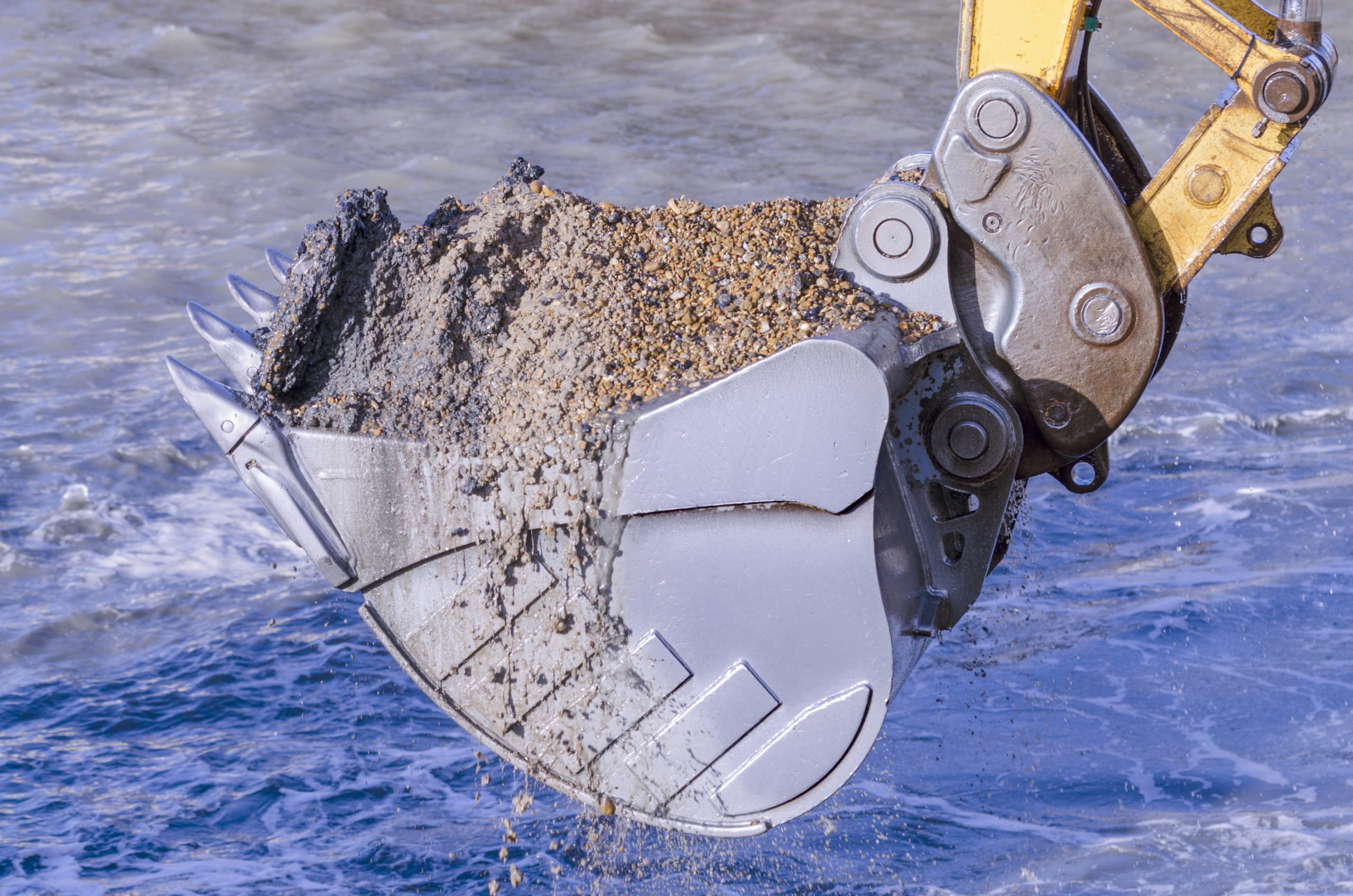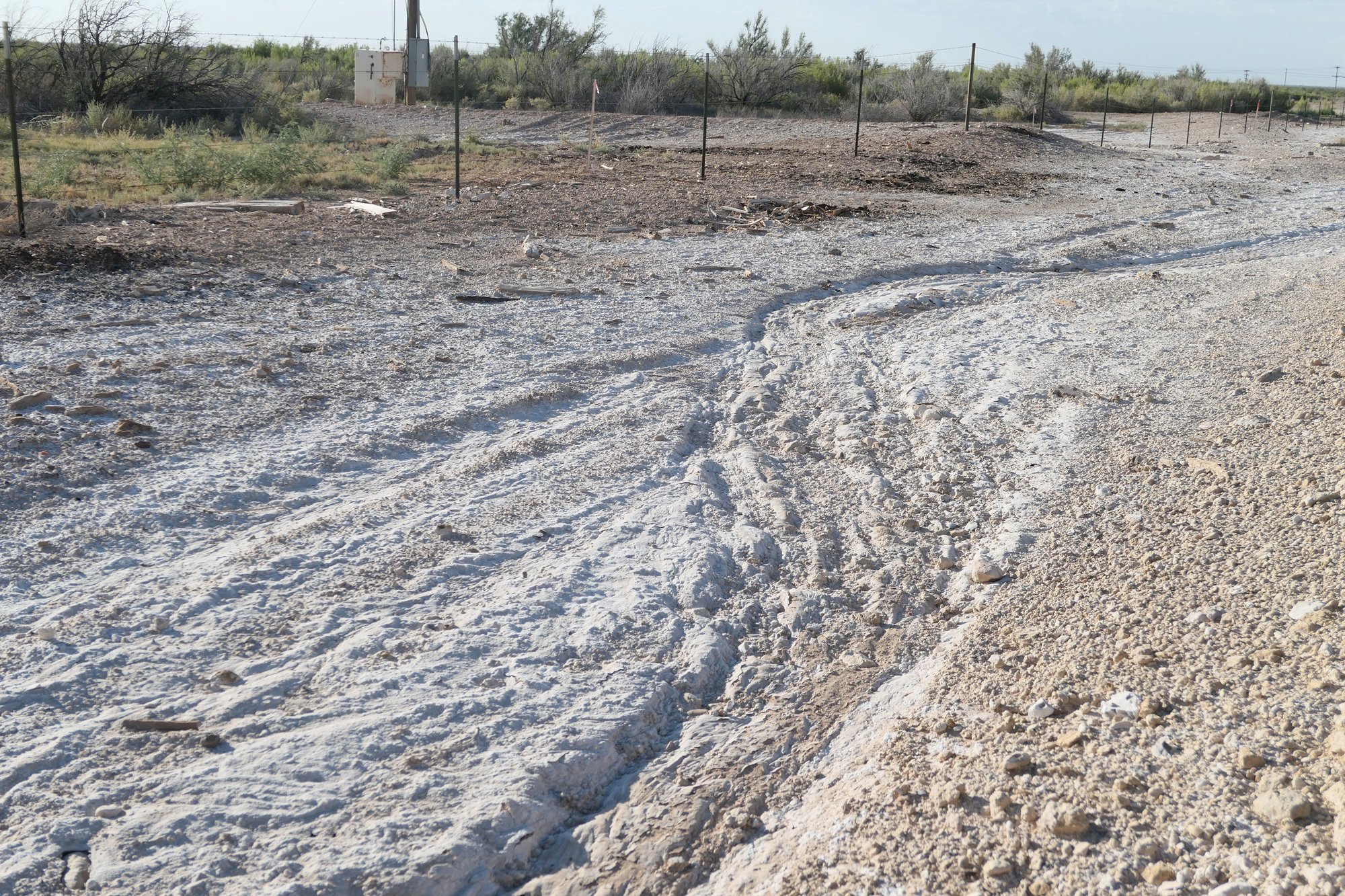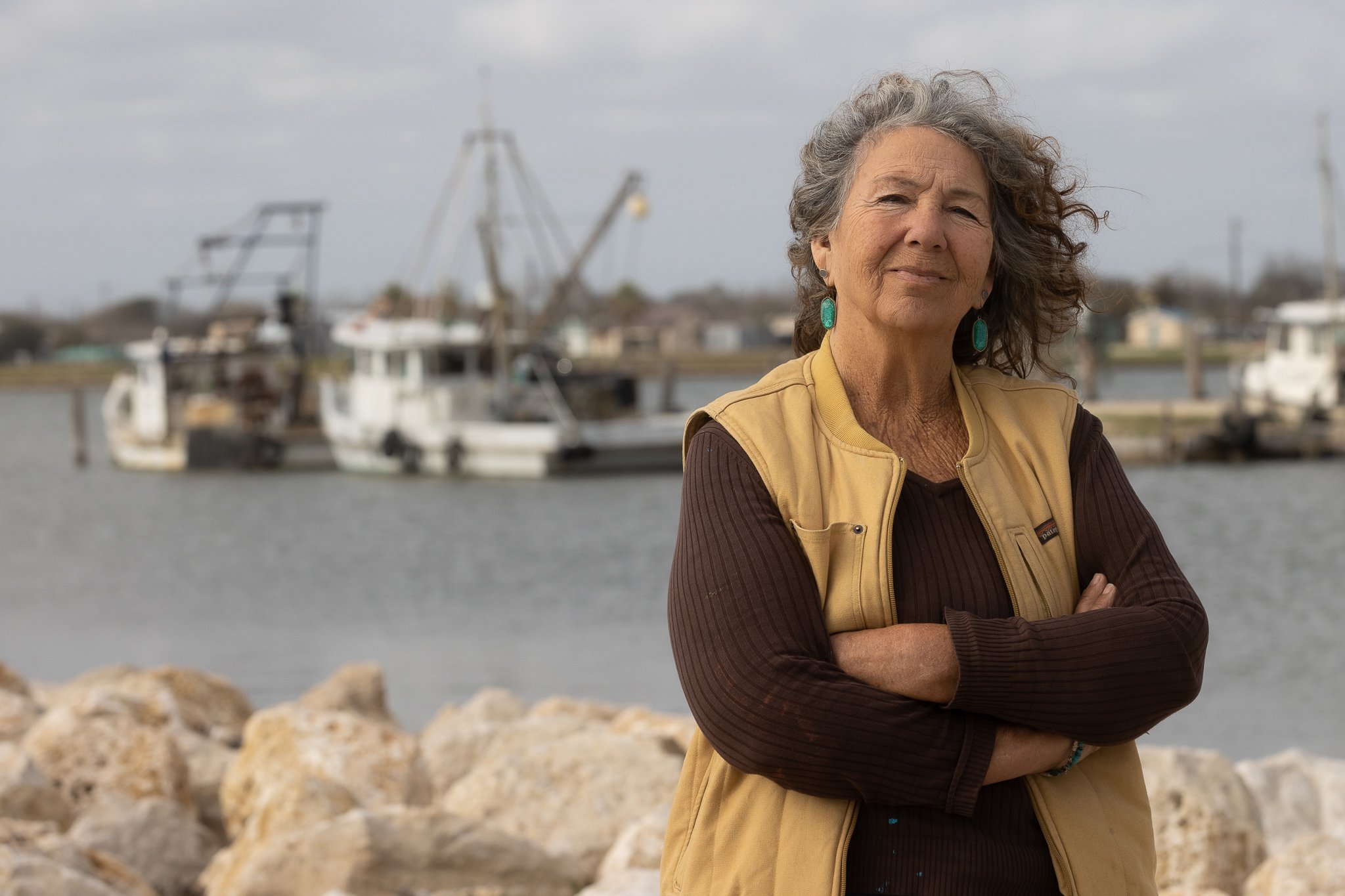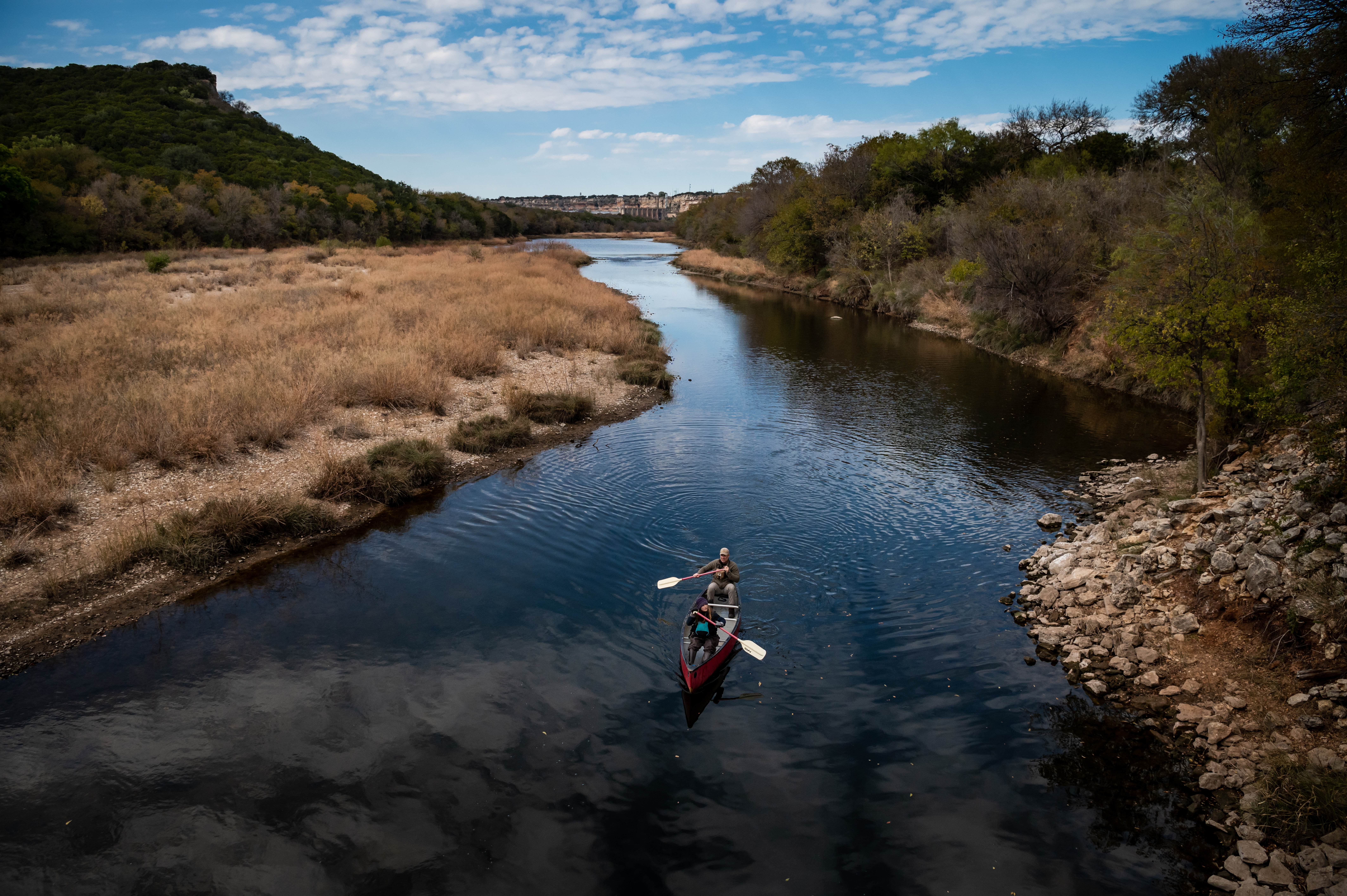
Dredging Plans for Massive Superfund Site on Hold
The Army Corps has withdrawn its approval for an expansion of the Matagorda Ship Channel that could disturb a mercury-laden industrial waste site.

The continued oil and gas export boom in Texas threatens to stir up—literally—ghosts of toxic pollution past. Lavaca Bay, flanked by the industrial towns of Port Lavaca and Port Comfort, harbors an old Alcoa aluminum and chlor-alkali plant that in the 1960s and 1970s contaminated the bay and spawned the state’s largest Superfund site.
A 2019 proposal by Houston-based oil company Max Midstream and the county port authority to dredge and expand the Matagorda Ship Channel, used by oil tankers, could have spread this mercury further into the ecosystem. But last week, the U.S. Army Corps of Engineers withdrew initial approval for the project after a lawsuit by local and national environmental groups.
“I didn’t believe it,” said Diane Wilson, a retired shrimper and longtime activist who went on a hunger strike in 2021 to protest dredging the bay. Her organization, the San Antonio Bay Estuarine Waterkeeper, led the lawsuit against the Army Corps.
Earlier this year, Wilson took officials out in a shrimp boat to meet with oyster fishers who make their living from the bays, conservationists concerned about sea turtles, researchers studying the lingering mercury, and lawyers, who all opposed the ship channel expansion. The Army Corps gave no indication at the time that it would reconsider, and in fact planned to seek bids for dredging over the summer. So Wilson and allies filed a lawsuit.
Dredging the ship channel could undo progress and poison both wildlife and humans.
The bay’s mercury problem is so bad that the federal government designated a large portion of water and land surrounding the former Alcoa plant as a Superfund site, under the EPA program for cleaning up the country’s most contaminated areas. Although enough toxic pollution circulates in the water and food chain that the area remains closed to fishing, the EPA and Alcoa have made some slow progress by capping contaminated sediment on the bottom of the bay. Dredging the ship channel could undo this progress and poison both wildlife and humans, argued the organizations suing the Army Corps.
Commercial fisheries on the Texas coast have declined for decades due to industrial pollution as well as climate change and management issues. The threat of further mercury contamination on top of other problems was too much for local fishers to bear, motivating many to protest the ship channel expansion.
“These people’s lives would be directly impacted, and the fishermen were already in a desperate strait,” Wilson said.
The Army Corps declined to comment because the lawsuit is ongoing. But in a letter withdrawing approval, Michael Connor, the Army’s assistant secretary for civil works, wrote that the Corps found it had miscalculated the amount of sediment to be dredged and would now prepare a supplemental environmental impact statement before making any more decisions.
“It’s great that they’re doing the supplemental environmental review. Next time, we hope it doesn’t take a lawsuit to get to that point,” said Erin Gaines, an attorney at Earthjustice who represented the plaintiffs. Although the Army Corps’ official reasoning for withdrawing approval was narrowly based on a technical mistake rather than on the public’s broader concerns, Gaines said she’s been assured the agency would do a full supplemental review.
“We’re cautiously hopeful that it will include the range of issues that we’ve raised,” she said, including addressing concern that officials didn’t properly sample sediment from the area that would be dredged to check mercury levels. Gaines also hopes the Corps more proactively solicits public input, including in Spanish and Vietnamese, from the area’s immigrant fishing families.
“These people’s lives would be directly impacted, and the fishermen were already in a desperate strait.”
That is, if the project continues. A previous proposal to expand the ship channel in 2009 got the required environmental permits, but ultimately failed due a lack of funding. Gaines and Wilson say there’s reason to believe the project’s current iteration also has funding issues. Port of Calhoun officials have stated they won’t use taxpayer dollars, and Max Midstream signed a memorandum of understanding with the port authority in July 2021 to fund the project. This agreement, however, expired in July 2022, Gaines said. As of this September, the company and the port have not signed an extension, according to public records requests by the plaintiffs and reporting by the Victoria Advocate. Attempts to reach the parties at press time were unsuccessful.
The ship channel expansion’s halt comes as a relief to fishers and other concerned locals. But a bigger threat still looms. A 2020 investigation by the Texas Observer, Inside Climate News, and NBC found the Alcoa plant is one of the country’s most vulnerable Superfund sites when it comes to disturbance by hurricanes, flooding, and sea level rise related to climate change.
To secure these ultra-toxic sites, the Biden EPA faces the challenge of reviving efforts dismantled by the Trump administration to incorporate climate projections into Superfund planning. In the meantime, locals are left playing defense against the consequences of past industrial contamination: “We’re left with the legacy,” Wilson said.



